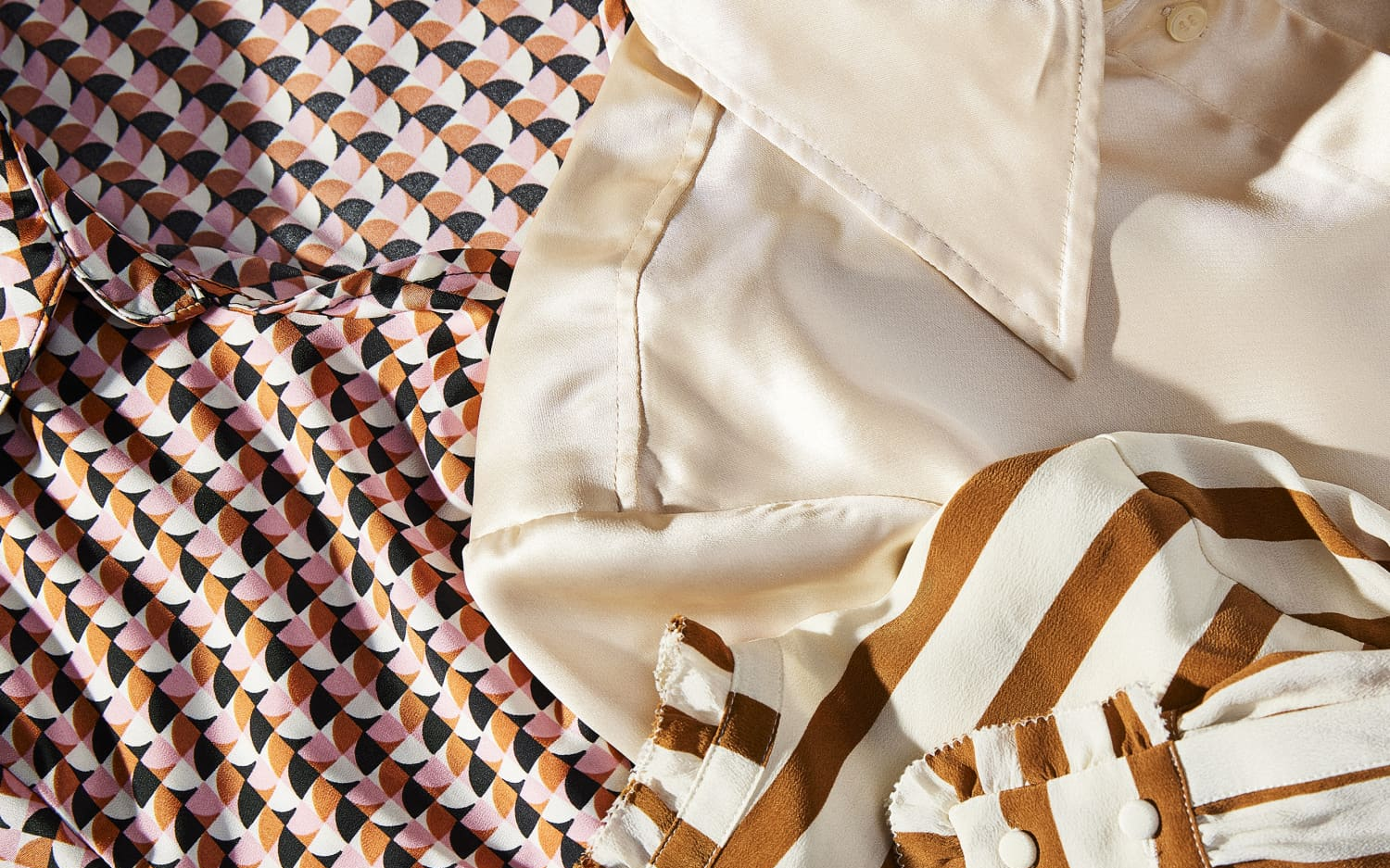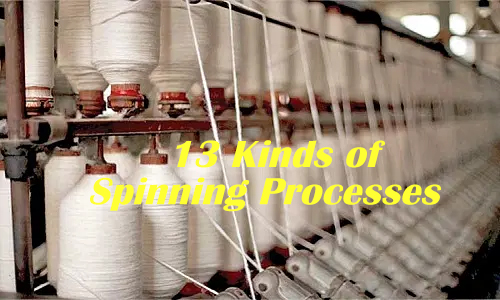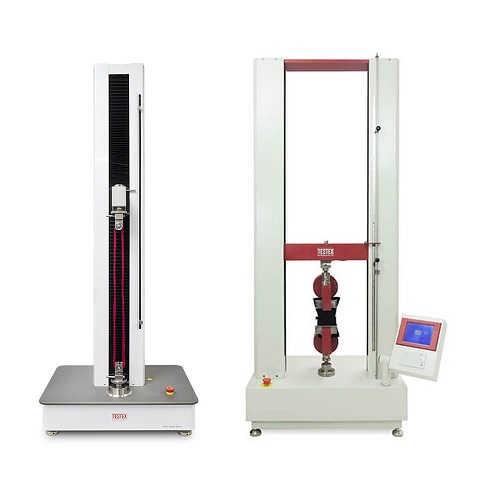The properties of textile fibers refer to the physical, chemical, and structural properties of fiber materials.…
Things You Need to Know About the Jute Fiber
Jute is an important fiber in the world, for its ability to encourage a sizable employment of people around the world, in each country it is found; it’s ability to give an encouraging boost to national treasury, in each country it is found through export; and it’s ability to standout as the most important textile fiber in the world, after cotton. The fiber comes in eight species, however, two out of its species stands out as the world’s foremost bast fiber cash crop. They’re: Corchorus olitorius(tossa jute) and Corchorus capsularies L. (white jute).
Aside this, the Jute fiber also plays a socio-economic role in the countries it is grown. By shedding their lives, the jute species, encourages fertility of the soil they are grown from; they also order fine in crop rotation; which is part of the reasons, the jute flower is termed: the golden flower.
The jute fibers are grown in South East Asian countries, like: China, India, Nepal, Indonesia, Bangladesh and Thailand among others.
VERSATILITY
The jute fiber is a very versatile plant. It can be used for: the making of canvas; the making of carpet backing cloth; the making of sacking and Hessian cloth, through which it can be used for: upholstery, home furnishing, wrappers, bags, and wall coverings. Also, the jute fiber can be used for: making matting which is then used for flood erosion prevention. It can also be used for storing grains like rice and wheat; for making floor coverings, cardigans, espadrilles, soft sweaters, home textiles; and the creation of composites, high performing technical textiles, and geotextiles. Wow this is a lot!
Fiber Properties of Jute
Ultimate cell length L(mm) — 0.8 to 6.0
Ultimate cell breadth, B (mm) — 10 to 25μm
Length / Breadth (L/B) Ratio — 110
Fineness (Denier) — 15 to 35
Tenacity (gm/denier) — 3 to 5
Elongation at break (%) — 1.0 to 1.8
Density (gm/cc) — 1.46
Degree of crystallinity (X-ray) —55 to 60 %
Angle of orientation (X-ray) — 7 to 90
Initial modulus — 17 to 30 N/tex
Flexural rigidity (dynes.cm) — 3.0 to 5.0
Moisture Regain (%) at 65% R.H. — 12.5
Moisture Regain (%) at 100% R.H. — 36
Diameter swelling (%) at 100 % RH — 20 to 22
Fiber dimension of Jute
The ultimate cell of the Jute fiber is about 0.8 to 6.0m, while the filaments/fibers which consist of a fibrous assembly has a wide length range of 2 to 40cm.
Strength and Extensibility of Jute
The jute fiber is a strong plant. The Tossa Jute is stronger than the White Jute specie. All Jute are low extensible fiber of about 1.0 to 1.80%.
Flexural and Torsional rigidity of Jute
The jute fiber has more flexural and torsional rigidity than cotton which is factored upon it’s coarseness and inelastic structure. However, it can sustain wrinkles and creases due to the breaking and reforming of hydrogen bond.
Moisture absorption of Jute
Jute fiber has a good moisture absorption capacity which is dependent on its numerous polar OH groups. It has a moisture regain value that ranges from 36% to 100%.
Chemical properties of Jute
Jute fiber becomes weaker when it comes in contact with alkali, due to the extraction of hemicellulloses within the fiber structure. Also, it becomes slightly weaker and highly soft when it comes in contact with 18% of soda. It gets weakened and destroyed when touched by acids. Finally, while bleaching agents promote the change in color of jute fiber, it makes it grow weaker and finer through the slight remover of lignin.
This Post Has 16 Comments
Leave a Reply
You must be logged in to post a comment.




Im grateful for the blog post.Really thank you! Cool.
I like reading a post that can make people think. Also, thank you for permitting me to comment!
Thanks for ones marvelous posting! I definitely enjoyed reading it, you are a great author.I will ensure that I bookmark your blog and definitely will come back in the foreseeable future. I want to encourage yourself to continue your great writing, have a nice morning!
Very interesting subject, appreciate it for putting up.
Perfectly indited subject material, Really enjoyed reading.
“It truly is near not possible to see well-updated readers on this issue, however , you look like you be aware of what you’re covering! Bless You”
Thanks for every other magnificent post. Where else may just anyone get that kind of information in such an ideal means of writing? I’ve a presentation next week, and I am at the search for such information.
I value the blog article.Really thank you! Fantastic.
I gotta favorite this site it seems very beneficial very beneficial
I gotta bookmark this site it seems very useful very useful
Very nice pattern and excellent written content , very little else we want : D.
Im thankful for the article.Really looking forward to read more. Great.
Great blog post. Will read on…
Thanks again for the article post.Really thank you! Awesome.
I truly appreciate this blog.Really looking forward to read more. Really Great.
I really liked your blog post.Really thank you! Really Cool.